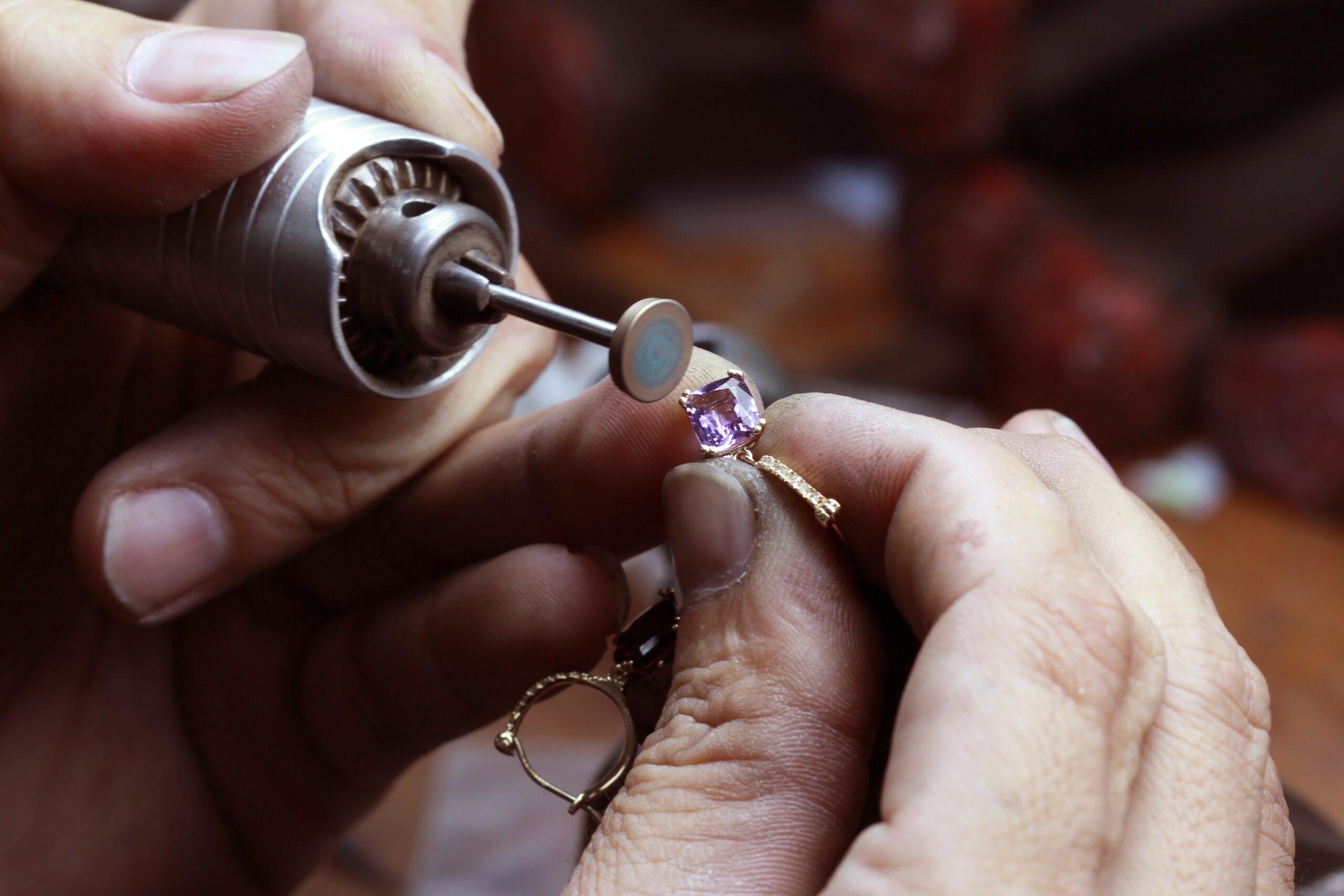
There’s something deeply personal about the jewelry we wear. Whether it’s an heirloom passed down through generations, an engagement ring that symbolizes eternal love, or a statement piece that makes you feel confident, these treasures hold value far beyond their price tags. Yet despite their significance, many people delay seeking professional help when their jewelry shows signs of damage, often attempting quick fixes at home or simply ignoring the problem altogether.
Understanding when your jewelry needs expert attention can mean the difference between a simple repair and a complete restoration or even irreversible damage. Let’s explore the telltale signs that it’s time to visit a professional jeweler and why taking matters into your own hands might cost you more than you bargained for.
One of the most common yet overlooked warning signs is when gemstones begin to move within their settings. You might notice a slight rattle when you shake your ring, or perhaps the stone shifts when you press it gently with your finger. This movement indicates that the prongs or bezel holding your stone in place have weakened over time.
The danger here extends beyond aesthetics. A loose stone is a stone waiting to be lost, and once it falls out, finding it again becomes nearly impossible. While you might think tightening a prong seems straightforward, the reality involves specialized tools, precise pressure application, and an understanding of metal properties that only comes with professional training. Attempting to bend prongs yourself can cause them to break, scratch your stone, or damage the setting irreparably.
If your favorite necklace constantly tangles, catches on itself, or develops persistent kinks, it’s communicating that something has gone wrong with its structure. Chains are intricate constructions where each link depends on the integrity of the others. When one link weakens, twists, or breaks partially, it creates a domino effect that compromises the entire piece.
Many people try to work out kinks by pulling or twisting the chain, but this approach typically worsens the problem. Professional jewelers have the expertise to identify which specific links need attention and can repair or replace them without compromising the chain’s appearance or strength. They also conduct thorough inspections to catch additional weak points before they become bigger problems.
A clasp might seem like a minor component, but it’s actually the hardworking hero that keeps your jewelry secure. When clasps become loose, bent, or fail to close properly, wearing that piece becomes a gamble. Each time you wear jewelry with a compromised clasp, you risk losing the entire piece.
The mechanics of clasps vary widely from simple spring rings to complex box clasps and safety latches. Replacing or repairing them requires matching the right type to your jewelry’s style and weight, ensuring proper tension, and sometimes soldering components together. This precision work demands professional equipment and knowledge that home repair kits simply cannot provide.
Over time, the metal in frequently worn jewelry naturally wears down, especially in areas that experience constant friction. You might notice your ring band has become noticeably thinner, or perhaps there are visible grooves developing on the underside. This gradual erosion might seem merely cosmetic at first, but it poses serious structural risks.
Thin metal is weak metal, and it can snap unexpectedly, sometimes taking precious stones with it. Professional jewelers can assess whether your piece needs reinforcement, re-shanking, or other structural repairs. They can also provide insights through services like jewelry appraisal to help you understand your piece’s current condition and value. These repairs often involve adding metal, reshaping, and refinishing work that requires specialized skills and equipment far beyond what’s available in DIY repair kits.
When you notice green, black, or darkened skin beneath your rings or around your neck after wearing certain pieces, it signals a chemical reaction between your jewelry and your body chemistry. This discoloration often indicates that protective rhodium plating has worn away, exposing base metals, or that your jewelry’s metal composition has degraded.
While some might suggest home replating kits or simply avoiding the piece, these aren’t real solutions. Professional jewelers can properly replate your jewelry, ensuring even coverage and appropriate thickness that will last. They can also identify whether the discoloration stems from a more serious issue requiring a different intervention. Attempting chemical treatments at home can damage gemstones, create uneven finishes, or even pose health risks from improper chemical handling.
The temptation to DIY jewelry repairs is understandable. Online tutorials make it look simple, and the potential cost savings seem appealing. However, jewelry repair is a skilled trade requiring years of training, specialized tools, and an understanding of metallurgy, gemology, and design principles.
Professional jewelers don’t just fix the immediate problem; they examine your entire piece for potential issues you might not notice. They work with proper magnification, precise temperature control for soldering, and appropriate chemicals and compounds. They understand how different metals behave, which adhesives are jewelry-safe, and how to work around delicate gemstones without causing damage.
Perhaps most importantly, reputable jewelers stand behind their work with warranties and guarantees. When you attempt repairs yourself and something goes wrong, you’re left with a damaged piece and potentially higher repair costs to fix both the original problem and your attempted solution.
Your jewelry deserves the same care and expertise you’d expect for any valuable possession. Recognizing these five warning signs early and seeking professional help promptly can save your cherished pieces from irreversible damage. While DIY approaches might seem economical or convenient, the risks far outweigh any perceived benefits when it comes to items that hold both monetary and sentimental value.
Don’t wait until a small problem becomes a major disaster. If you’ve noticed any of these signs in your jewelry collection, contact our team today to schedule a professional assessment and keep your treasured pieces beautiful and secure for years to come.
Most jewelers recommend bringing your frequently worn pieces in for inspection every six months to a year. This preventive approach helps catch small issues before they become costly repairs and ensures your jewelry remains secure and beautiful.
While most jewelry can be repaired or restored, the feasibility depends on the extent of damage, the piece’s construction, and the availability of materials. A professional jeweler can assess your specific piece and provide honest guidance about repair options and whether restoration is worthwhile.
Professional repairs performed by skilled jewelers typically maintain or even enhance your jewelry’s value by preserving its structural integrity and appearance. However, improper repairs or modifications can significantly decrease value, which is another reason professional service matters.
Repair timelines vary based on the complexity of the work, ranging from same-day service for simple fixes to several weeks for intricate restorations. Your jeweler should provide an estimated timeline when assessing your piece and keep you informed throughout the process.







